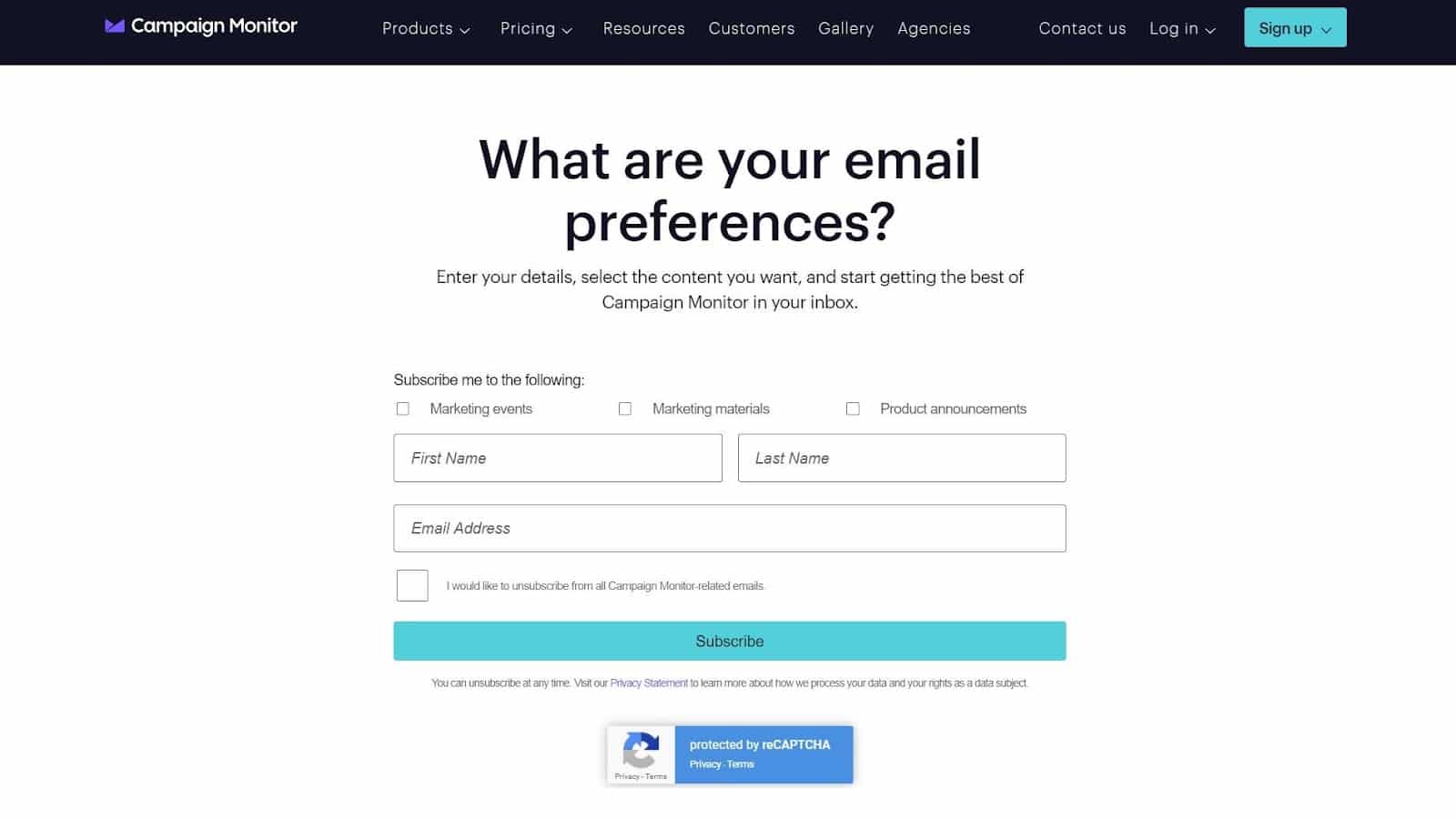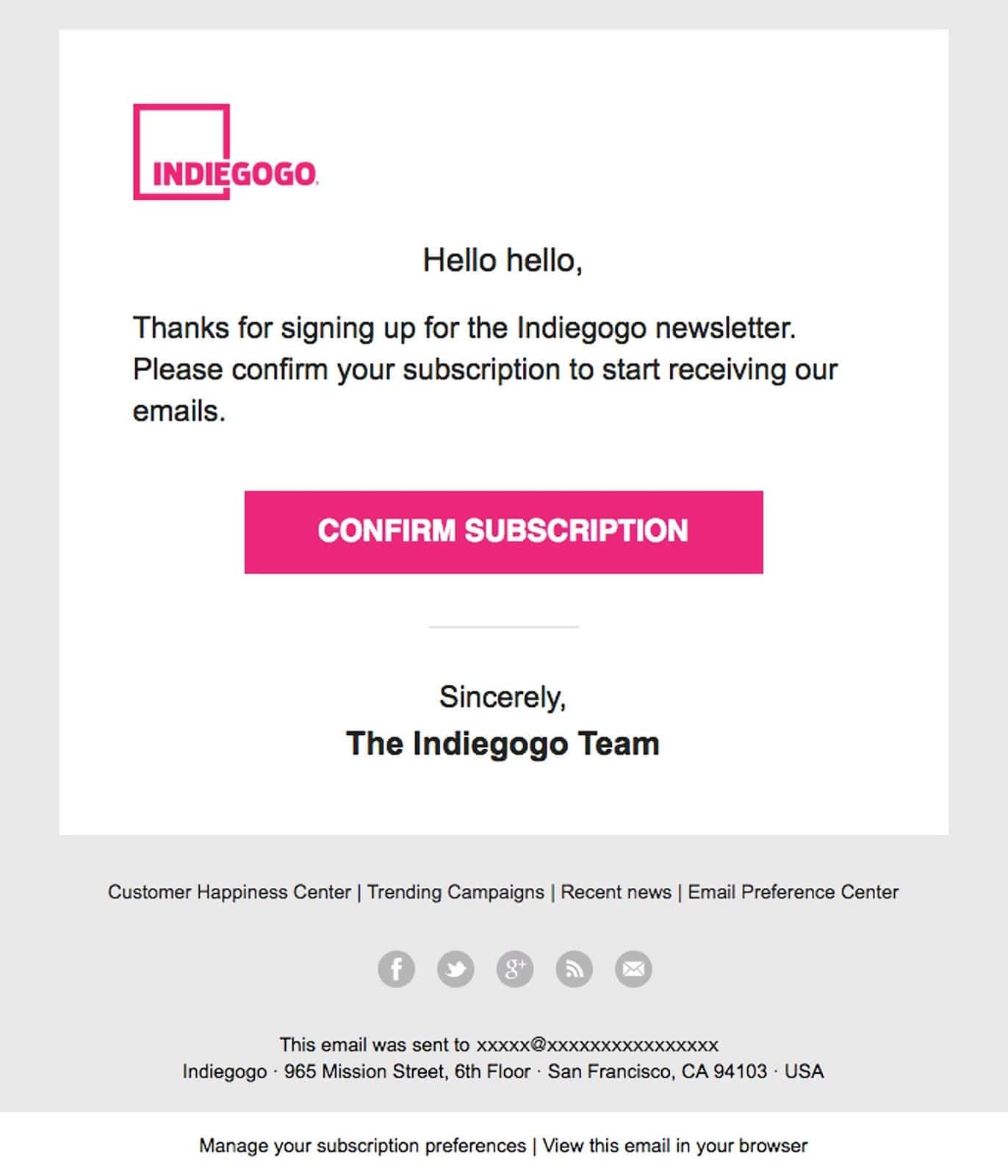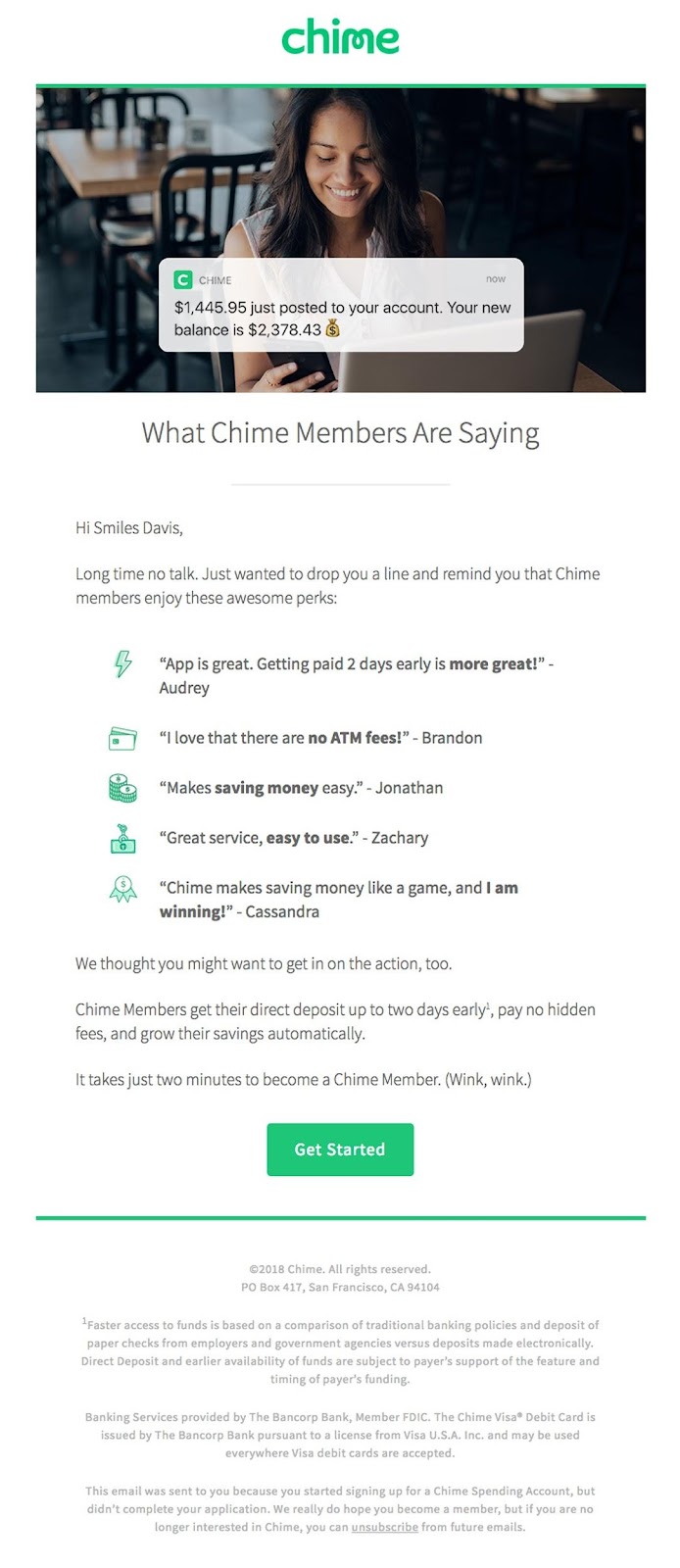How to write an opt-in email strategy your subscribers will appreciate

Did you know that the idea of opt-in email marketing has been around for decades?
Opt-in best practices adapt and change to keep up with emerging technology—but the core remains the same. In his 1999 book, information-age entrepreneur Seth Godin called this the concept of permission marketing.
When applied to email campaigns, permission marketing fosters trust and long-term relationships with subscribers. Allowing people to opt-in before receiving marketing content increases the chances of converting readers into customers.
We’ll dive into the do’s and don’ts of opt-in email strategy shortly. First, let’s talk about why it’s such a powerful and revenue-increasing component of digital marketing.
Why is opt-in email marketing important?
As a modern marketer, you most likely already know how to build an email list.
How do you collect addresses to add to your growing subscriber base? Chances are, you use a sign-up form. That’s the first step to implementing a solid opt-in email strategy. Giving people the option to volunteer their information is much better than buying an email list.
What are the advantages of having explicit permission to send emails to new subscribers? Here are three compelling reasons to keep opt-in best practices in your email marketing toolbox:
-
It’s compliant with the CAN-SPAM Act, General Data Protection Regulation (GDPR), and other laws. Opt-ins are not technically needed under CAN-SPAM, but it’s still recommended to avoid possible penalties. Documented consent, however, is practically required by the European Union’s GDPR and Canada’s Anti-Spam Legislation (CASL).
-
Your email lists will be healthier because your subscribers will be more engaged. Email recipients are more likely to read your messages when they expect them to show up in their inboxes. Having every single person on your list opt-in decreases instances of spam reporting or email bounces. A healthy list means more effective marketing campaigns and better performance metrics.
-
You won’t have to worry about possible blocklisting. The fewer spam complaints and bounced messages, the better. Too many of those and your email address can end up on a blocklist. This can hurt your digital marketing efforts considerably. Most email marketing platforms will block you from using their services if this happens—and getting removed from a blocklist is no easy process.
It can be tempting to take shortcuts when you’re growing your distribution lists. This may produce faster results, but it may also impact your brand building.
Cutting corners isn’t worth it, especially if your brand’s reputation suffers. Why risk alienating potential leads?
And don’t forget: Not following anti-spam regulations can have legal consequences.
Follow these 8 opt-in best practices to build a healthy email list
Let’s face it: Getting someone to opt in and say yes to receiving mail from your brand isn’t always easy.
American companies send out more than 1.4 million emails each month. The average person receives over 120 emails daily. Before you even start a conversation with most prospective subscribers, they’re already tired and overwhelmed by what’s in their inboxes.
Here are eight tips and tricks to rise above the competition and improve your opt-in email strategy.
1. Tell prospective followers what to expect from your emails
Include a short and clear description of the content you’re going to send in your opt-in form or welcome email. Penguin Classics does the latter, as you can see in the example below. A line or two of copy can make all the difference.
Source: Really Good Emails
Imagine this: Someone subscribes expecting a monthly newsletter. What do you think happens if they start receiving bi-weekly retail discounts and new arrival notifications?
There’s a chance that they’ll take advantage of the offers you send. However, it’s more likely they’ll feel confused or annoyed. They may unsubscribe or even mark your messages as spam. Yikes.
Manage expectations from the start to avoid this situation.
Want to go the extra mile? Consider building and maintaining separate lists to offer different topics or message frequencies. It may be tedious for a small brand, but if you have the resources to spare—like The New York Times, for example—it could be a worthy effort leading to more conversions down the line.
2. Encourage constructive feedback through polls or surveys
Listen to your audience. It could be beneficial to ask subscribers for input to help shape future content and campaigns.
You can set a feedback request as a trigger email or as part of your welcome message series. Adding an incentive—like store credit or access to limited edition merchandise—can increase the rate of subscriber participation.
Everyone wins here. Your subscribers should receive more relevant messages and your email campaigns should be more effective.
3. Keep things simple and don’t make it difficult to sign up
An opt-in page should be short and sweet. The point is to capture leads, not milk them for details before they commit to receiving content.
Source: Campaign Monitor
No one wants to read a wall of text or fill in more than a half dozen fields just to sign up for a newsletter. Don’t discourage potential subscribers by overthinking your opt-in email strategy.
The Campaign Monitor form above is an ideal example. Signing up is painless with the stark design, white space, brief content descriptions, and bare minimum required subscriber information.
4. Offer something valuable in exchange for opting in
For that extra oomph, add a lead magnet to your opt-in form. This could be anything from a downloadable expert guide to a one-time buy one, get one (BOGO) deal. What you offer should align with your target audience’s interests.
Want more information on your subscribers for personalization purposes? Lead magnets can entice people to provide you with more than their emails and names. If your sign-up process is more complicated than it needs to be, at least make it worth their while.
You can also have a lead magnet pull subscribers into an onboarding email drip campaign. This is a great way to introduce your brand gradually without overstaying your welcome. After all, you’re more likely to make a good impression if you come bearing gifts.
5. Require new subscribers to confirm their decision
What makes a confirmed opt-in better than a single opt-in? Also called a double opt-in, this process may feel counterintuitive and redundant. But it keeps your email list healthier.
When you send an email to verify sign-up through an opt-in form, you’re also testing to see if the provided address is active. This prevents you from adding typos or bogus emails to your list and reduces marketing email bounce rates.
Confirmation emails—like the one below from Indiegogo—also remind new subscribers that they’ve consented to receive your content. It can reduce misunderstandings and unwarranted spam complaints.
Source: Really Good Emails
People that go through double opt-ins also show you they’re more responsive and willing to interact with your emails.
6. Allow subscribers to manage preferences and provided information
When what you offer is an all-or-nothing experience, most people will choose “nothing” if they’re not fully satisfied with what they’re getting.
Why not create a way to have them opt down instead of opting out completely?
Add a preference center for your subscribers to specify what kind of content they’re interested in, how often they want to receive emails, and how much personal information they’re comfortable sharing with your brand. Let them change the details at will.
Giving them control over their subscription helps you send emails that they’ll appreciate and cuts down on instances of them unsubscribing out of frustration.
7. If you aren’t starting from scratch, exercise social proof to grow your email list
What’s social proof? It ranges from customer testimonials to email list statistics.
For example, adding a line like, “Join more than 5,000 subscribers” is using social proof. Using actual quotes—see the Chime email below—or survey results counts, too.
Source: Really Good Emails
You can think of this as humblebragging (or outright boasting), but adding social proof to emails works.
What’s the harm in using data from your existing subscribers to grow your list? Just make sure you have explicit consent to include quotes and voluntary survey metrics in your marketing campaigns.
8. Use different website tools like top bars and exit-intent popups
Having a simple email sign-up form on a single page on your website may not generate enough leads for your digital marketing efforts.
You can add a simplified opt-in form underneath every page or blog post. You can also use slide-ins, sidebars, and top bars. A particularly effective opt-in email strategy is to set up an exit-intent box to pop up before a visitor navigates away from your site.
Wrap up
Polishing your opt-in email strategy is a must for digital marketers looking to increase revenue and conversion rates. It sets the stage for your audience to have better interactions with your brand, as well.
Here are some opt-in best practices to follow:
-
Tell prospective followers what to expect from your emails
-
Encourage constructive feedback through polls or surveys
-
Keep things simple and don’t make it difficult to sign up
-
Offer something valuable in exchange for opting in
-
Require new subscribers to confirm their decision
-
Allow subscribers to manage preferences and provided information
-
If you aren’t starting from scratch, exercise social proof to grow your email list
-
Use different website tools like top bars and exit-intent popups
What comes after building your email list? Flawless execution. Check out these successful email components and start crafting your next digital marketing plan now.
MOST RECENT ARTICLES
Want to engage your audience and grow your brand? Try Emma's robust easy-to-use product today.
















